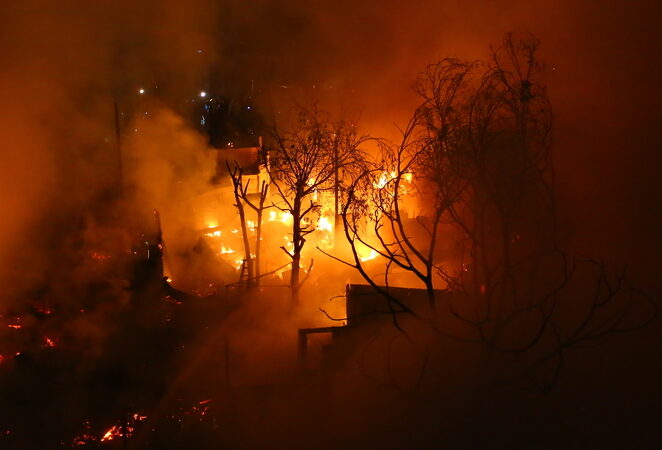Hawaiian Utility Pushed Green Goals Over Fire Safety

In a tragic turn, Maui was struck by one of the deadliest American wildfires in over a century, taking more than 100 lives. At the heart of this calamity is Hawaiian Electric, a utility company that has found itself in the crosshairs for allegedly prioritizing green energy projects over safety protocols. The company’s strategic choices have ignited a debate over the implications of placing long-term green energy goals over immediate safety measures.
According to a detailed report by The Wall Street Journal, while Hawaiian Electric recognized the severe risks its power lines posed post the 2019 wildfire season on Maui, it seemingly channeled its resources and focus toward advancing green energy objectives. Mina Morita, the state utilities commission chair from 2011 to 2015, summed up the problem by stating, “While there was concern for wildfire risk, politically the focus was on electricity generation.” A sentiment echoed by Doug McLeod, Maui county energy commissioner, who reflected, “But in retrospect, it seems clear, we weren’t as focused on these fire risks as we should have been.”
Between 2019 and 2022, after acknowledging the need for stringent measures against wildfire risks, Hawaiian Electric allocated a mere $245,000 to wildfire-specific projects on Maui. This contrasts starkly with their public commitments in 2019 to bolster wildfire preparedness. The discrepancy has been evident in the company’s subsequent regulatory filings, wherein the wildfire danger was, at best, a footnote.
The stakes of prioritizing a green energy agenda become infinitely higher when juxtaposed against human lives and property. Critics argue that a more balanced approach would have recognized the coexistence of both priorities without one overshadowing the other.
NBC News reports a significant lawsuit has already been filed against Hawaiian Electric, with lead attorney Mikel Watts noting that the catastrophe “was not only predictable, it was predicted.” The lawsuit alleges that the company’s conscious decisions to delay vital grid modernization projects led to this disaster.
Financial repercussions for the company are already manifesting. Following S&P Global’s downgrade of the utility’s credit rating to “junk” status, Hawaiian Electric Industries’ stock experienced a steep 30% plunge. Such a rating signifies an elevated risk of default and issues a clear warning to potential investors. Considering the precedents set by cases like California’s Pacific Gas and Electric, which settled for $12 billion after its equipment caused the 2018 Camp Fire, the potential financial consequences for Hawaiian Electric could be staggering.
Yet, this isn’t just about finance. It’s about priorities, responsibility, and the intertwining of both. As the investigations unravel, the question remains: Can the drive for renewable energy coexist with immediate safety needs without endangering lives?
For Hawaiians grappling with the aftermath, answers and accountability are not just expected but demanded.
























